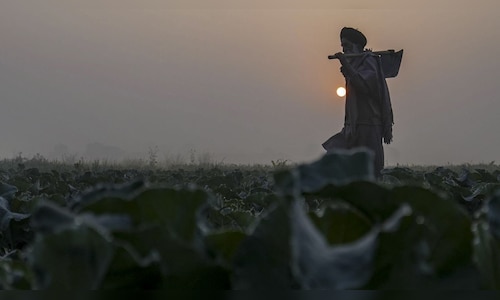The joint committee, constituted under the direction of the tribunal, recommended that only 2,232 tourists and 293 horses per day be allowed to visit the skiing spot, about 15 km from the state capital of Shimla.
The tribunal directed the state government to issue directions in consonance with the recommendation and submit an action taken report within three months.
Disposing of the original application of Shailendra Kumar Yadav about environmental degradation due to unscientific management of horses/ponies and unregulated tourist activities at Kufri, a division bench of the NGT accepted the committee’s recommendations, as there was no objection from any party.
Also read | Cyclone montha effect: Everest tourism from Nepal and Tibet shut due to heavy unseasonal snowfall
The joint committee arrived at the number of tourists and horses to be allowed to visit the area in a scientific manner based on Cifuentes ecological methodology — a quantitative model to determine the tourism carrying capacity.
The division bench comprised NGT Chairperson Justice Prakash Shrivastava (retd) and expert member A Senthil Vel. The tribunal passed the order on October 14, and it was made available on Tuesday.
The petitioner had alleged that excessive horse movement was damaging the forest trails, vegetation and ecosystem balance. It also linked illegal expansion of horse parking areas into forest land and deforestation to reduced snowfall and drying of water sources, thereby impacting Shimla.
Also read | Driving into Uttarakhand? You’ll pay a green tax from December 1 on every out-of-state vehicle
The NGT formed a joint committee on March 13, 2023, to investigate the charges, but the first report was found inadequate. A new committee was formed on May 25 that year with the divisional forest officer, Shimla, and the principal chief conservator of forests, Himachal Pradesh, as members.
The second report filed on December 8, 2023, observed ecological damage, invasive species, poor regeneration and faecal coliform in water samples. Following this, the tribunal sought a detailed eco-friendly horse dung disposal action plan, determining the carrying capacity of tourists and the horses.
With regard to restricting the number of horses from 1,029 to 293 as per the determined carrying capacity, horse owners need to be convinced, and the same cannot be done in one go, since their livelihood would be affected, the NGT order said.
As such, initially the number can be reduced to 500 and gradually reduced by ten per cent every year, it added.






